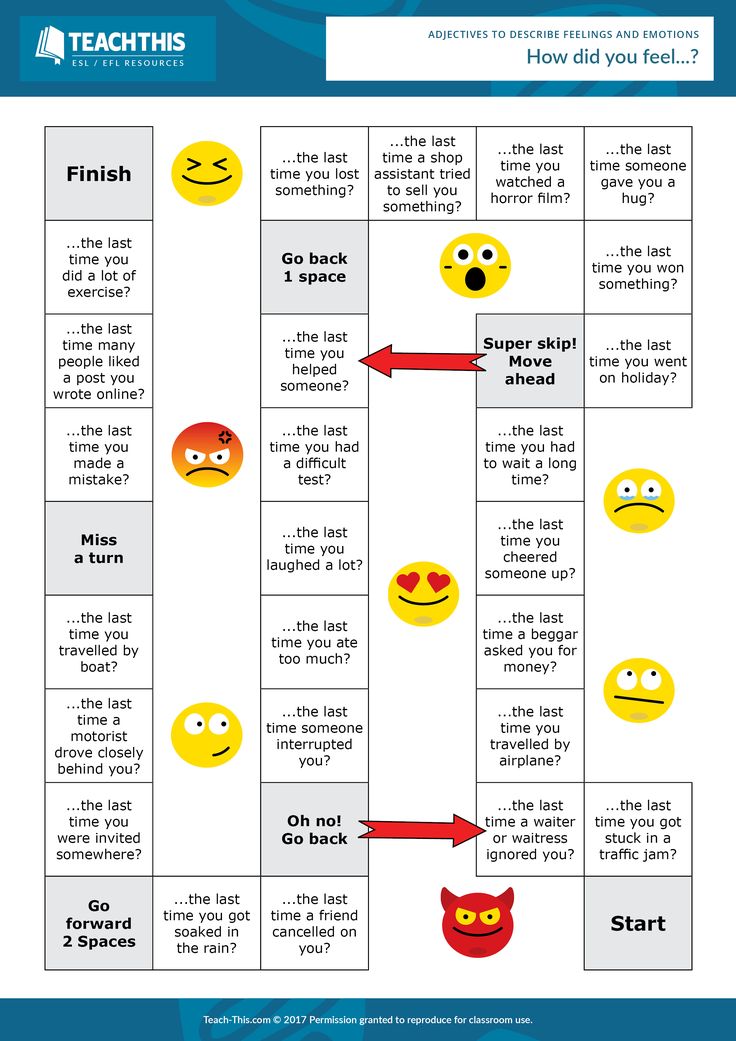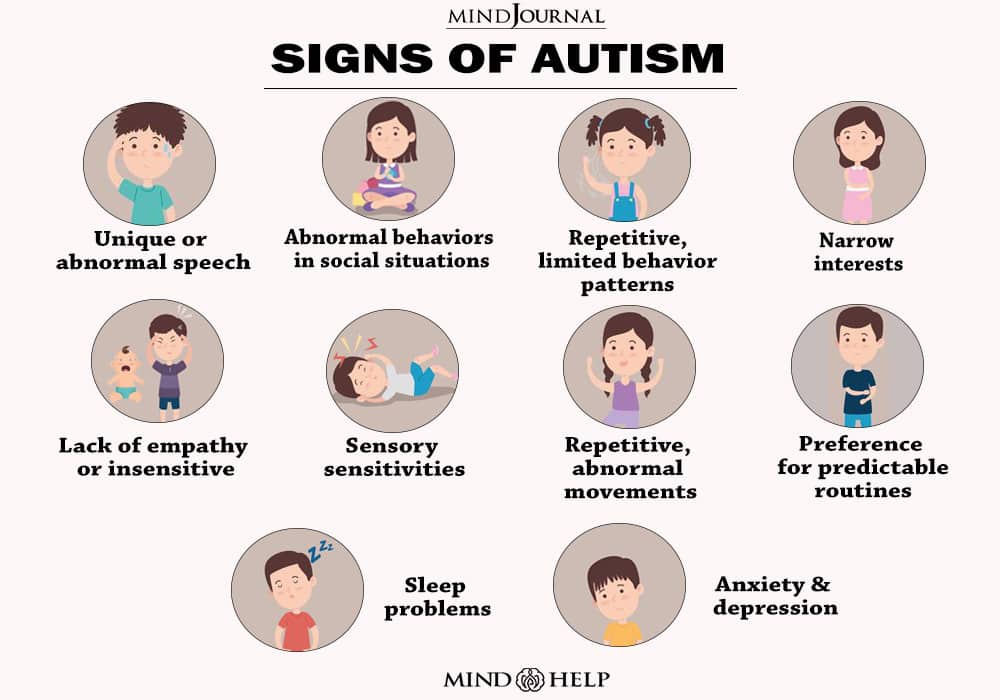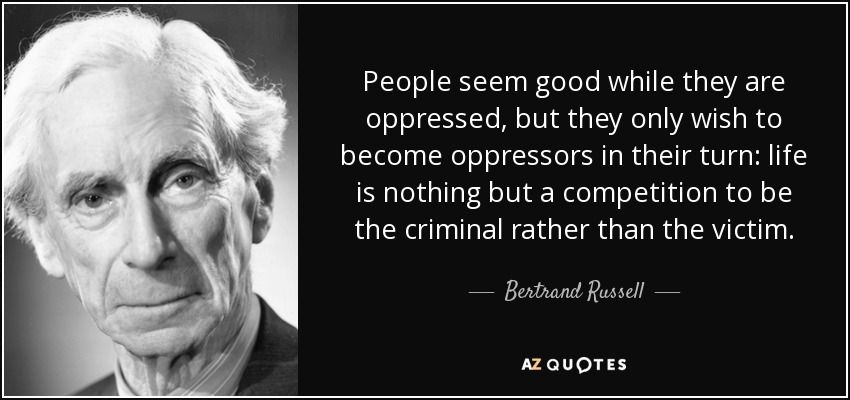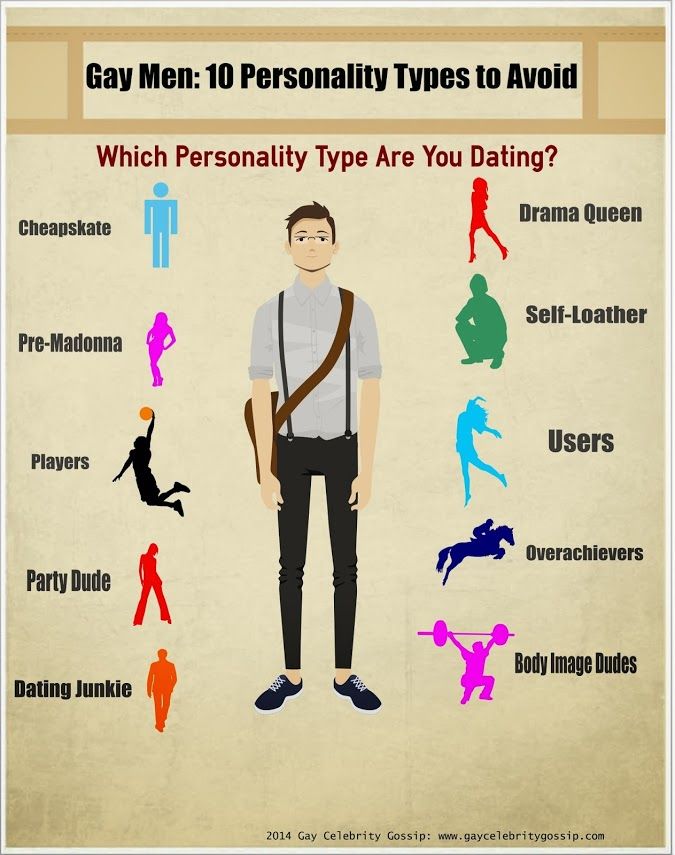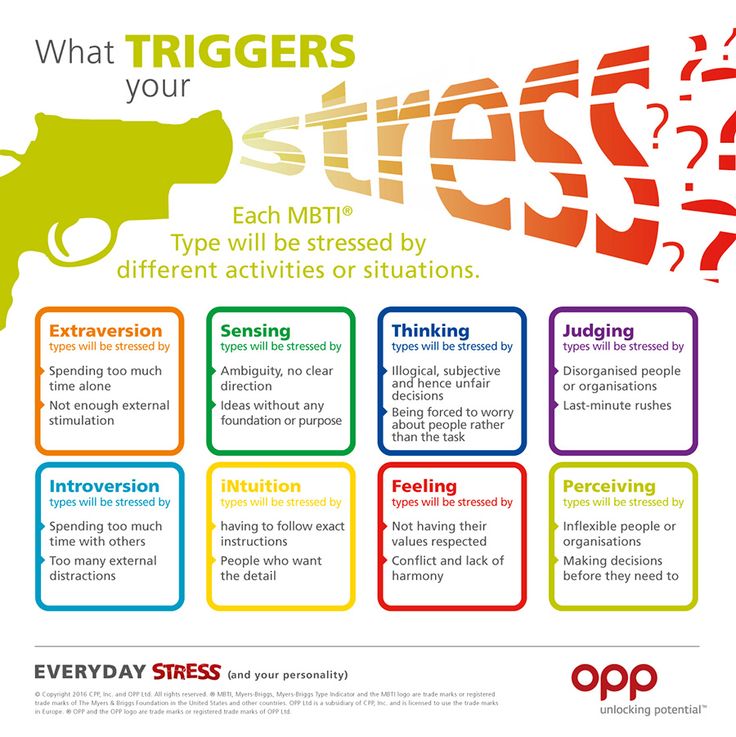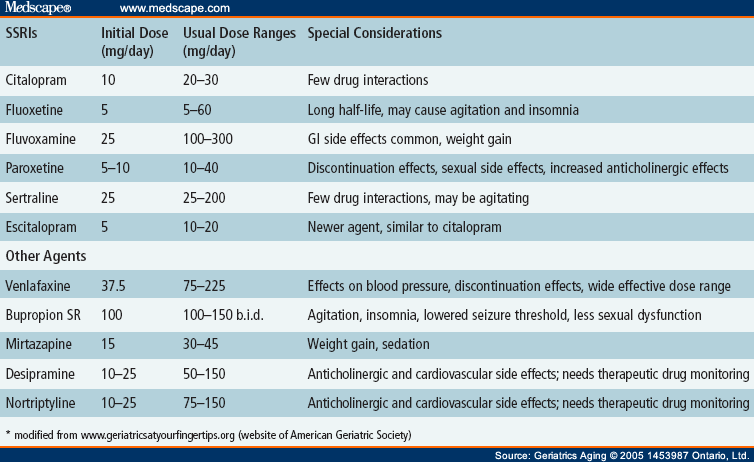What are feelings and emotions
The Difference Between Feelings and Emotions
Emotions and feelings are all traits we share as humans. According to an article in the publication Psychology Today, “emotions are multi-faceted experiences” of “internal subjective experiences, facial expressions and physiological reactions.” Teasing out the feelings and emotions that people have, and learning why they have them, is an important role for mental health professionals.
Those interested in exploring the difference between feelings and emotions — and understanding the mind, human behavior, and strategic ways of helping mental health patients — usually complete advanced programs of study such as a master’s in counseling. This education is necessary to understand the difference between feelings and emotions from a clinical perspective. Let’s explore that difference, along with how emotions can impact daily life for many individuals.
Feelings versus Emotions
Many people use the terms “feeling” and “emotion” as synonyms, but they are not interchangeable. While they have similar elements, there is a marked difference between feelings and emotions.
Feelings. Both emotional experiences and physical sensations — such as hunger or pain — bring about feelings, according to Psychology Today. Feelings are a conscious experience, although not every conscious experience, such as seeing or believing, is a feeling, as explained in the article.
Emotions. According to Psychology Today, an emotion “can only ever be felt…through the emotional experiences it gives rise to, even though it might be discovered through its associated thoughts, beliefs, desires, and actions.” Emotions are not conscious but instead manifest in the unconscious mind. These emotions can be brought to the surface of the conscious state through extended psychotherapy.
A fundamental difference between feelings and emotions is that feelings are experienced consciously, while emotions manifest either consciously or subconsciously.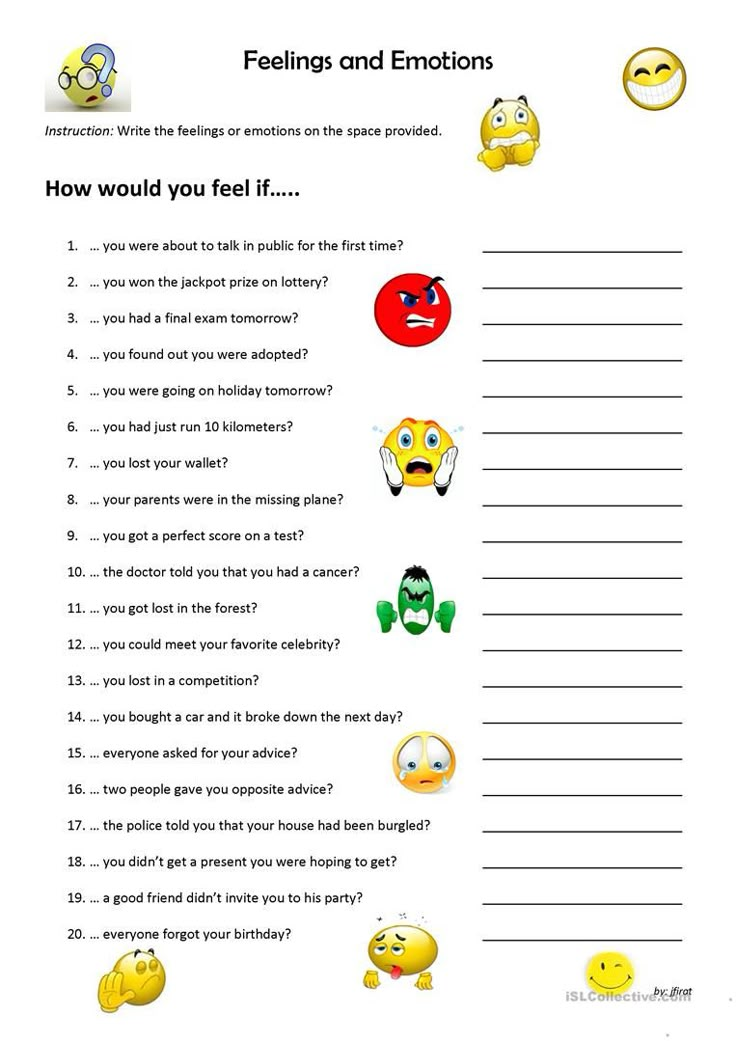 Some people may spend years, or even a lifetime, not understanding the depths of their emotions.
Some people may spend years, or even a lifetime, not understanding the depths of their emotions.
Range of Emotions
Throughout life, humans experience many emotions. This range of emotions is impacted by such factors as their behavior, the culture they come from, and their previous traumatic experiences.
How Emotions Impact Behavior
According to a study published in Personality and Social Psychology Review (PSPR), emotion is a “feedback system whose influence on behavior is indirect.” While according to the PSPR study, the behavior is used to “pursue (or avoid) anticipated emotional outcomes,” behavior also “provides feedback and stimulating retrospective appraisal of actions, conscious emotional states [which] can promote learning and alter guidelines for future behavior.”
How Culture Shapes Emotions
According to an article from the Association for Psychological Science (APS), research conducted by APS Fellow Jeanne Tsai at Stanford University shows most people want to “feel more positive than negative.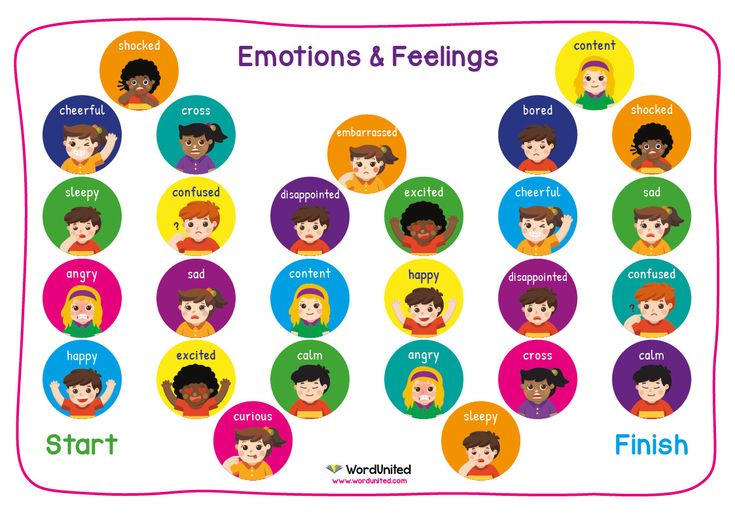 ” Yet the emotions that cause a positive experience are shown to change between cultures, according to the APS article. For example, the positive emotions that “European Americans typically preferred [were] excitement and elation” while Chinese populations “preferred calm and relaxation more.” This difference is seen in media such as advertising, which utilizes the positive experience emotions to craft messages for maximum impact.
” Yet the emotions that cause a positive experience are shown to change between cultures, according to the APS article. For example, the positive emotions that “European Americans typically preferred [were] excitement and elation” while Chinese populations “preferred calm and relaxation more.” This difference is seen in media such as advertising, which utilizes the positive experience emotions to craft messages for maximum impact.
How Traumatic Experiences Impact Emotions
Traumatic experiences impact emotions both in the moment and over the long term. According to Psychology Today, “whatever the source, trauma leaves its imprint on the brain.” For example, a study published in Neuroscience and Biobehavioral Reviews found a link between greater brain activity in areas that process fear and post-traumatic stress disorder (PTSD). According to Psychology Today, traumatic experiences impact our emotions, causing PTSD flashbacks, nightmares and increased fear, anxiety, anger, sadness and guilt.
The Next Step in the Mental Health Journey
Learning the difference between feelings and emotions is vital knowledge for any professionals in the mental health field. Advanced education programs, such as Wake Forest University’s Online Master’s in Counseling is specifically designed to help professionals gain the knowledge and experience for a fulfilling and successful career. Discover today if a master’s degree in counseling is the right choice for you.
Recommended Reading
How to Improve Mental Health on a Daily Basis
Treatment, Therapy and Stress Management Techniques to Help Deal with Anxiety
Helping Students Thrive: The Role of a School Counselor
Sources
Association for Psychological Science, “Emotions in Context: What We Know About How We Feel”
Neuroscience and Biobehavioral Reviews, “Neurocircuitry models of posttraumatic stress disorder and beyond: A meta-analysis of functional neuroimaging studies”
Personality and Social Psychology Review, “How Emotion Shapes Behavior: Feedback, Anticipation, and Reflection, Rather Than Direct Causation”
Psychology Today, “Can Emotions Be Controlled?”
Psychology Today, “21 Common Reactions to Trauma”
Psychology Today, “What’s the Difference Between a Feeling and an Emotion?”
How to Tell the Difference
Jump to section
Feelings vs.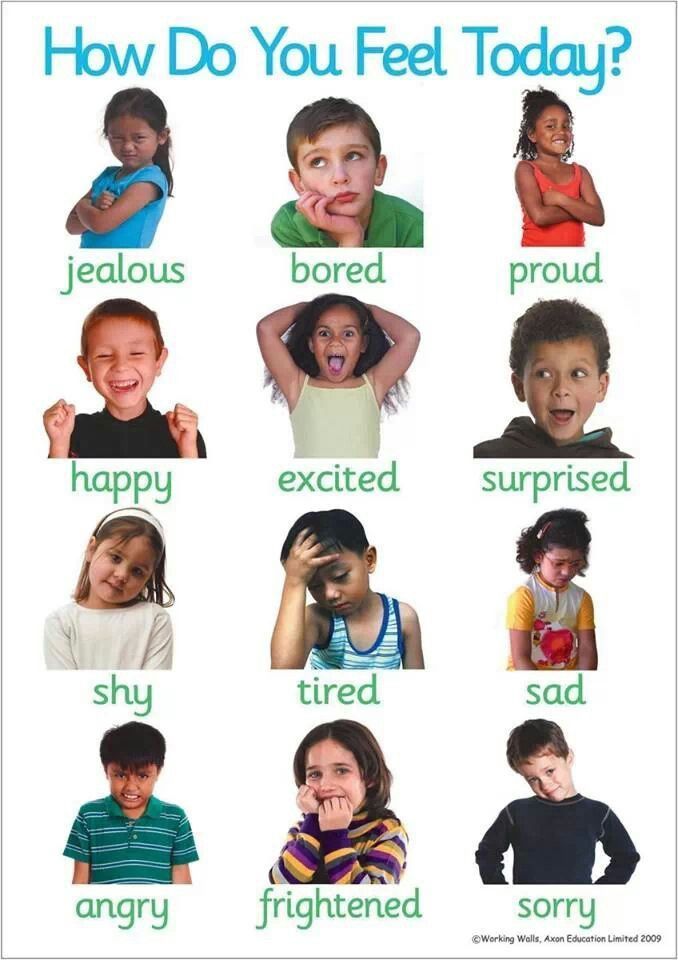 emotions: what’s the difference?
emotions: what’s the difference?
Feelings, emotions, and your mental health
4 tips for managing your feelings and emotions
The bottom line
Some days, it would be easier to be a robot.
They’re smart, have superhuman strength, and don’t have to deal with the messiness of human emotions. But robots, for all of their brilliance, miss out on the beautiful parts of life — including the mess. Instead of abandoning our emotions, we must live harmoniously with them.
And to do that, we have to understand how emotions and feelings work.
Scientists and philosophers have tried to understand how the mind works for hundreds of years. And with the rise of neuroscience and advanced psychology, we’ve come a long way.
We now know there’s a difference between feelings and emotions — and they affect our behavior differently, too. Understanding them can improve your relationships alongside your mental and emotional health.
Here’s how to understand emotions and feelings and some tips for managing them.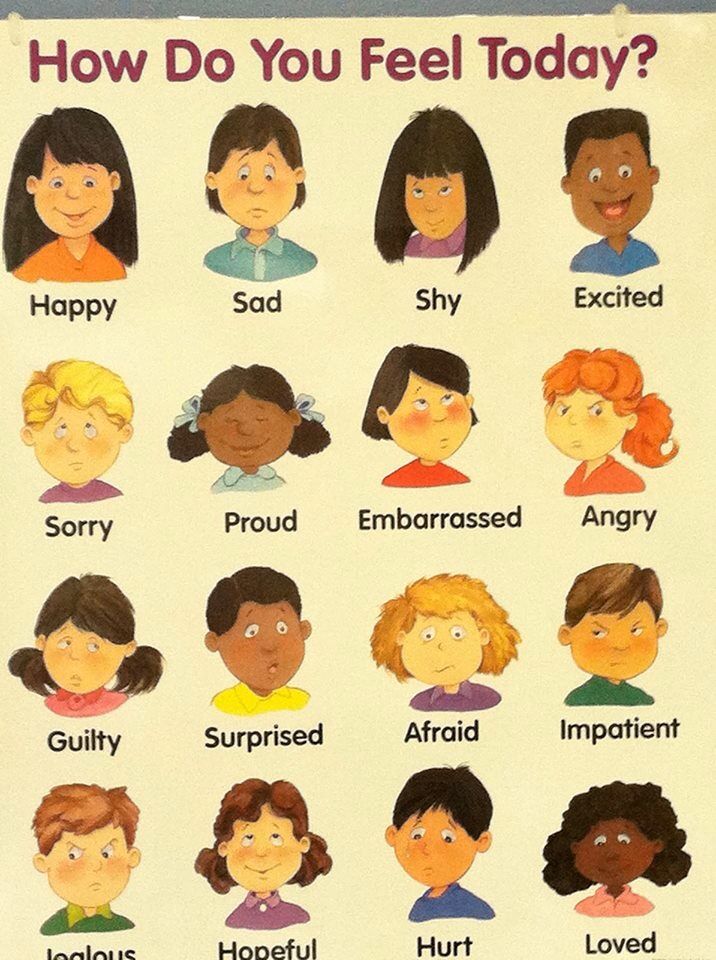
Feelings vs. emotions: what’s the difference?
People often conflate feelings and emotions, and it’s easy to understand why. Feelings can’t exist without emotions, whereas emotions primarily exist independently. Let’s dive in to understand them better.
What are emotions?
Emotions are natural to all humans, regardless of culture. Neuroscientist Antonio Damasio theorized that they originate in the amygdala limbic system — one of the brain's cortices that determines human reactions to stimuli. This brain activity affects our human behavior, and emotional responses, and can even cause physical sensations (also known as a somatic response).
For example, if we encounter a dangerous animal in the wild, only one emotion makes sense: Fear. This is a primal, genetic emotion. Fear increases our heart rate, tells us that a situation is unsafe, and demands that we do something about it.
We might choose to run away or coordinate an attack on the predator, but either way, fear is what drives us to act.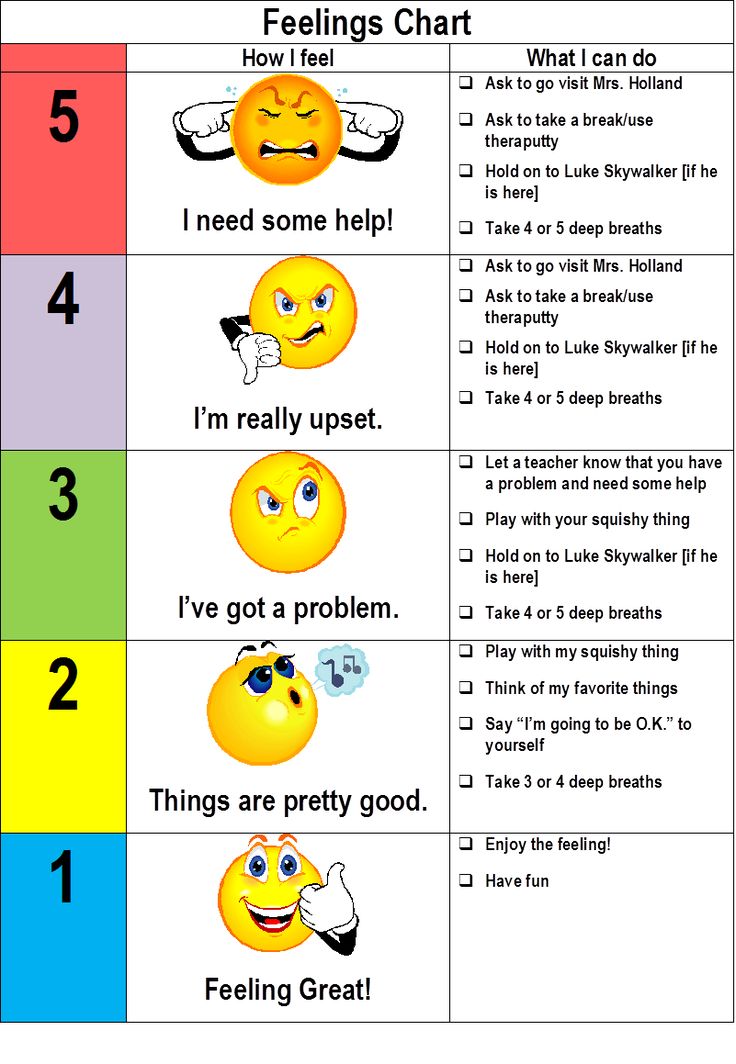
There are eight of these primal, negative or positive emotions that all humans experience. They have many synonyms, but here are the basics of our emotional wheel:
- Joy occurs when we experience something exciting and positive
- Sadness occurs when we experience a loss
- Anger drives us to act when we’re betrayed
- Fear is our response to danger
- Happiness appears when we feel safe and cared for
- Disgust is our response to unpleasant things
- Trust is our admiration and acceptance of others
- Anticipation is anything from interest to curiosity and awareness
Some therapists use a tool called the emotion wheel to help clients pinpoint how they feel.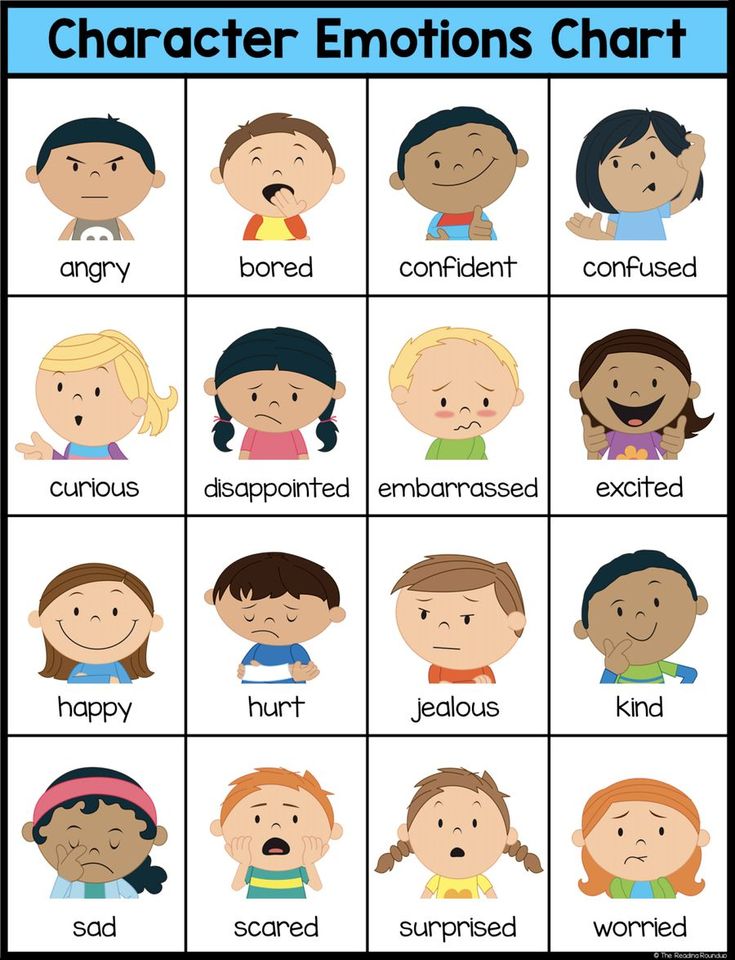 There are a few different versions, but the basic one identifies 8 core emotions.
There are a few different versions, but the basic one identifies 8 core emotions.
Why do we have emotions?
Emotions dictate our response to most stimuli, whether that determines what’s important or harmful to us. Without our emotions, we’d have terrible social skills, poor instincts, and no ability to behave appropriately in difficult situations.
Dealing with unconscious emotions
The thing with emotions is they’re always present, even if we’re not aware of them. Suppressing or ignoring them can lead to toxic behaviors and poor mental health, which is why psychotherapists have their clients identify their emotions; once they do, they can break out of those toxic cycles and address those emotions head-on.
Understanding your emotional state is critical to succeeding in your personal life and workplace. It will improve your emotional intelligence and decision-making and help you find emotional balance.
Working with a BetterUp coach can help develop the skills you need to keep you grounded, communicate your emotions, and improve your mental fitness.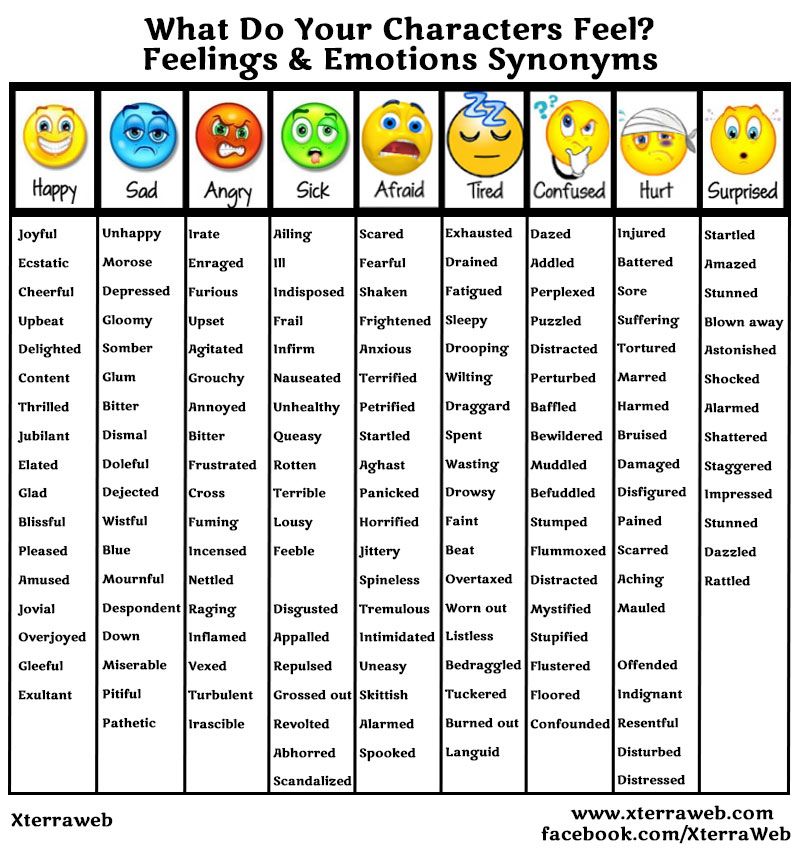
What are feelings?
Feelings are related to basic emotions, but they play a different role in our lives. Here’s how both work together to shape your experiences.
1. Feelings are more specific than emotions
While there are six universal emotions, human beings can experience them differently. For example, we might experience “anger” through feelings of aggression, vengefulness, or resentfulness. These are different expressions of that core emotion. They’re more specific than simply saying, “I’m angry.”
2. Feelings are our learned response to an emotional trigger
Even though everyone is capable of joy and fear, every person will have a different experience of emotion. Our learned and unconscious mental associations will determine this subjective experience.
Let’s say you have arachnophobia. At some point in your life, because of a negative experience, you learned that you should respond to spiders with horror.
But here’s the thing. That feeling of horror is just one way to experience fear.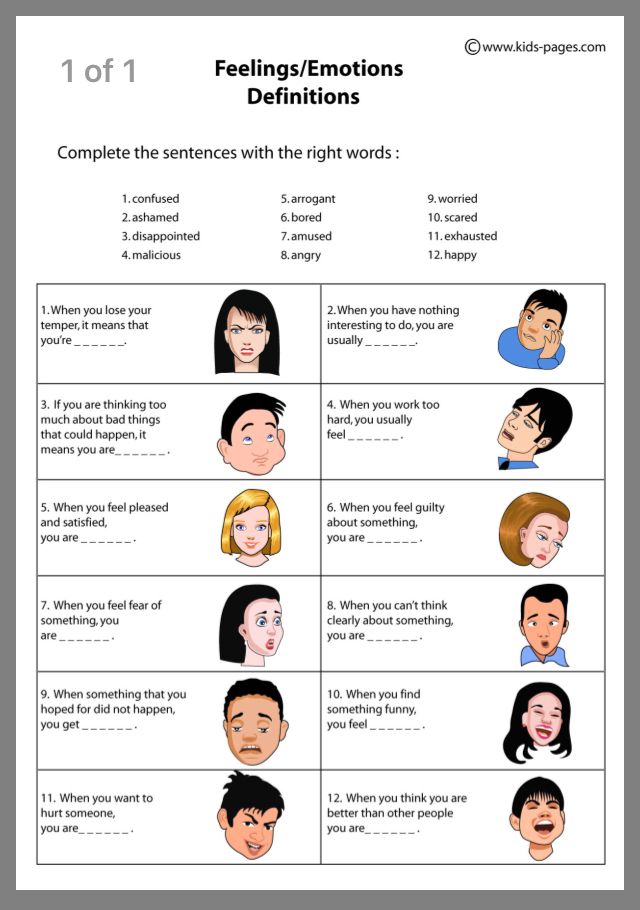 There are other ways of responding to that emotion. Someone might feel thrilled when they’re afraid, so even though you both fear the spider, you’ll react differently.
There are other ways of responding to that emotion. Someone might feel thrilled when they’re afraid, so even though you both fear the spider, you’ll react differently.
3. Feelings are conscious experiences of sometimes unconscious emotions — often because of trauma
Feelings can manifest as conscious thoughts of unconscious negative emotions.
Some adults grow resentful of their parents, but there could be many underlying emotions to that feeling; as a child, you may have experienced fear due to parental abuse or been angry because of your parents’ divorce.
These traumatic emotions can be invisible to us for a long time. And, unless we identify them, our feelings can fester and damage our mental health.
If you think this is the case for you, we recommend seeing a therapist or mental health professional to work through traumatic experiences.
4. Your environment can influence your feelings
Our family, social circles, faith, and culture determine how we respond to certain emotions.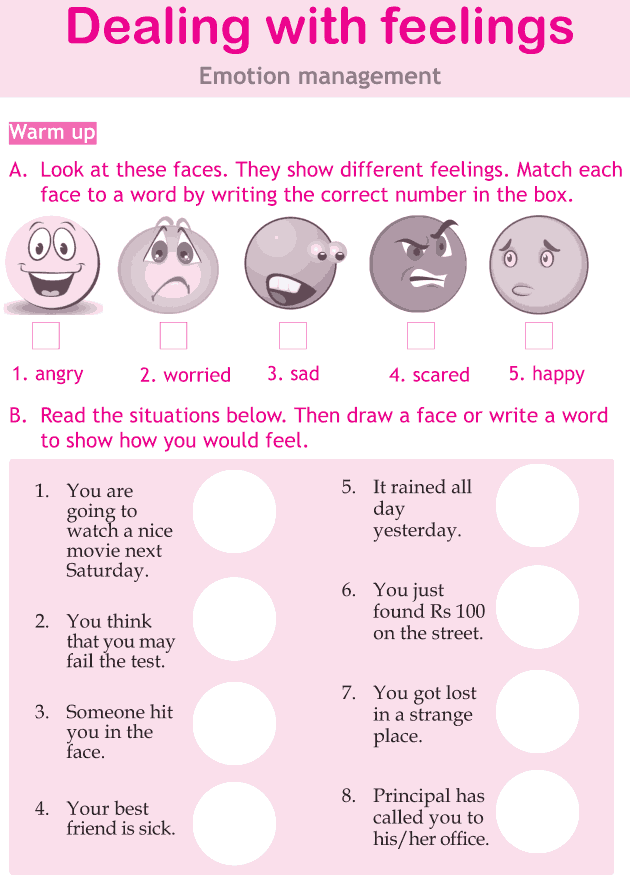
For example, social circles that promote toxic masculinity may cause men to express emotions in unhealthy ways. In these environments, they’re often shamed for expressing feelings related to sadness (e.g. “boys don’t cry! Why don’t you man up?”).
This kind of conditioning teaches men to express this emotion through rage, substance abuse, or eating disorders. These are unhealthy responses to an otherwise healthy emotion.
Religion and culture can also influence how we process death and bereavement. In the United States, holding a wake, funeral, memorial, and post-funeral service is common — traditions that are heavily influenced by Catholicism. It’s usually a somber affair.
In South Africa, however, some mourners have a slightly different approach. They still experience grief and sadness, but quickly move to an “after tears” party. These celebrations focus on comforting surviving relatives and remembering the deceased with affection.
Both cultures experience feelings of grief and sadness, but choose to approach them in different ways.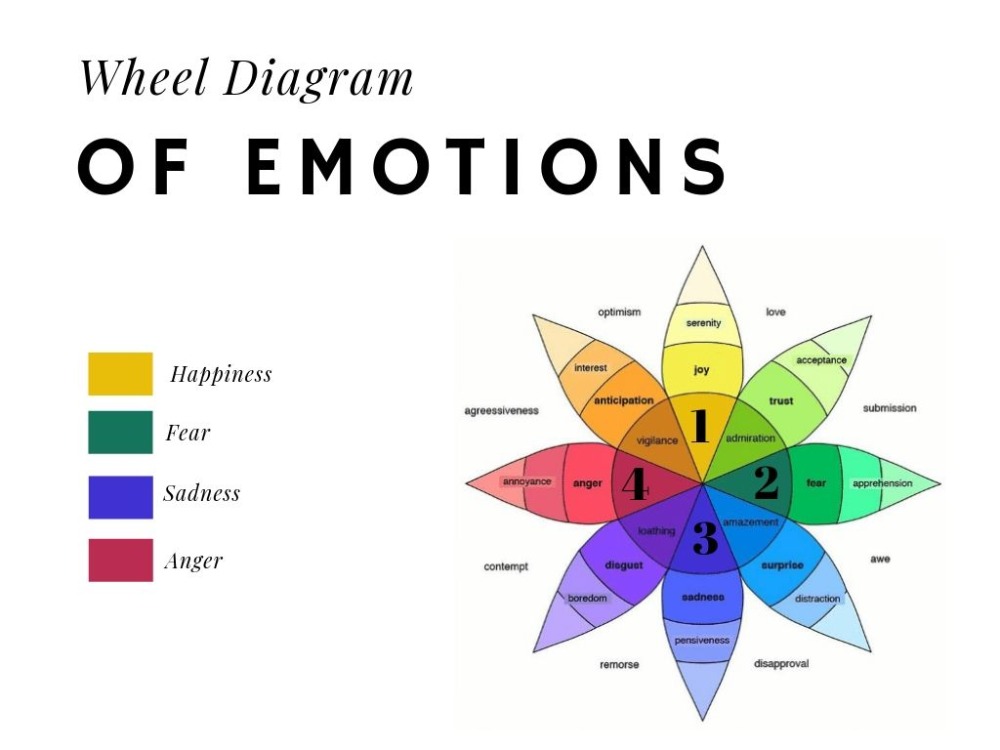
Feelings, emotions, and your mental health
Navigating your inner world can be overwhelming. Feelings and emotions are messy, and it isn’t easy to see how they influence your behavior.
But, if left unmanaged, they can have serious effects. People with unacknowledged emotions and traumas can develop substance abuse disorders, anxiety, and depression, among other mental health challenges. They may also express their emotions in unhealthy ways, hurting the people around them.
At the office, this could mean narcissistic behavior like taking credit for someone else’s work, but it might come out as frequent spontaneous crying at home.
If your behavior hurts you or other people, it might be time to seek professional help.
4 tips for managing your feelings and emotions
Short of professional help, there are many things you can do at home to manage your feelings and emotions. Here are four things you can try:
1. Acknowledge your emotions — don’t suppress them
Emotions are a natural part of life.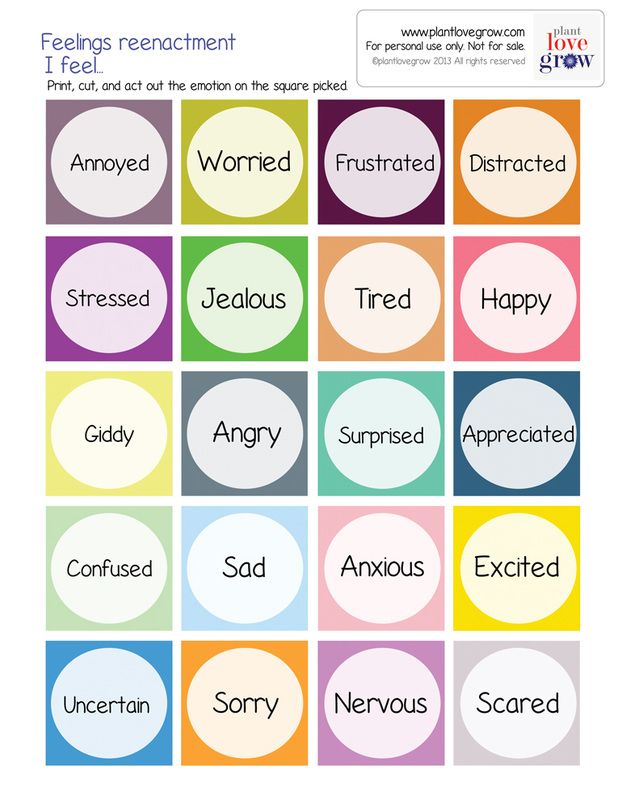 Repressing them will only lead to problems down the road. They can cause even cause issues to your physical state of being, like:
Repressing them will only lead to problems down the road. They can cause even cause issues to your physical state of being, like:
- Anxiety
- Depression
- Sleep deprivation
- Pain and body aches
- Stress
- Substance abuse
Try to name what you’re feeling. Sometimes that’s all it takes to reduce their power over you. Plus, if you can identify your feelings, you can take action to mitigate them.
2. Accept your emotions
“Accepting” and “acknowledging” aren’t the same thing. It’s one thing to name your emotions; it’s another to allow them to exist within you. If you can accept that emotions will always play a part in your life, you can work towards being comfortable with them.
3. Breathe
When experiencing intense emotions, our minds race in every direction. Slow, deep breaths help bring us back to reality.
Part of this has to do with biology.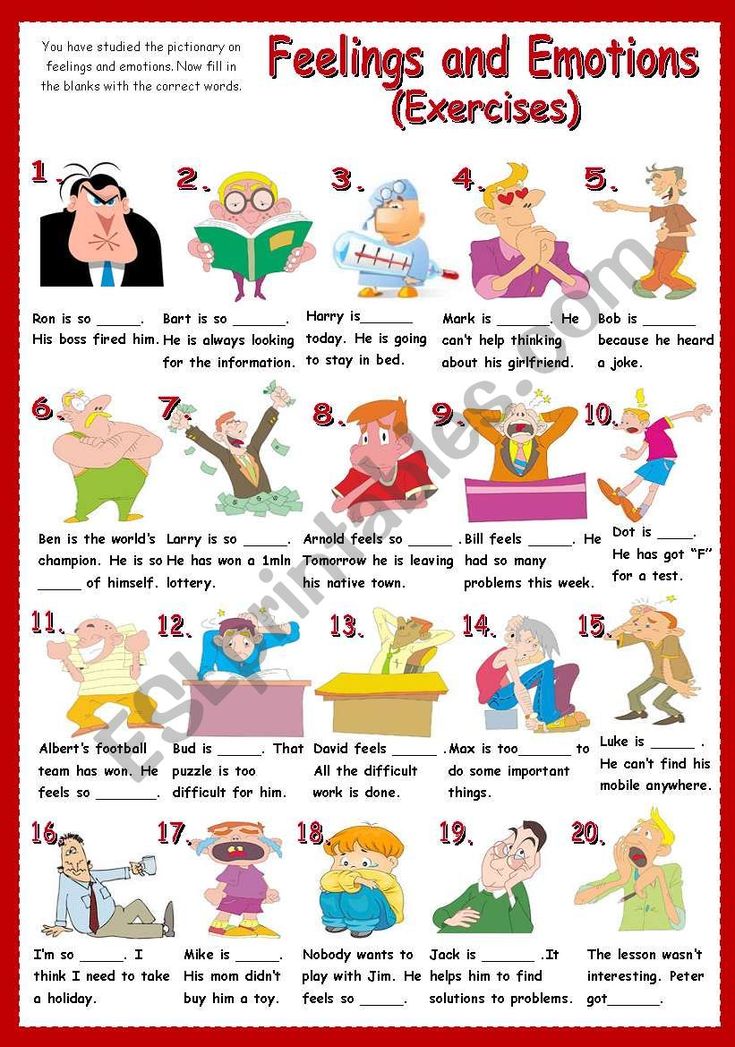 When you breathe slowly, it reminds your brain that you aren’t in danger. How could you be? If you were, you’d likely be running away, full of adrenaline and out of breath. Breathing reminds us that we’re, in fact, safe.
When you breathe slowly, it reminds your brain that you aren’t in danger. How could you be? If you were, you’d likely be running away, full of adrenaline and out of breath. Breathing reminds us that we’re, in fact, safe.
Breathing also helps redirect your attention. It focuses your mind on your body rather than your emotions.
4. Learn how and when to express yourself
Our emotions need release, one way or another. It’s your job to find healthy ways for that to happen. You might need to cry if you’re sad or scream into a pillow if you’re angry, but the point is to avoid directing your emotions at others.
The bottom line
Suppressing your feelings and emotions is like swimming against the tide. Doing so will only leave you out of breath, and tired, and put you in danger of drowning. It’s easier to go with the flow. Let the emotions run through you — the good and the bad.
A peak can’t exist without a valley, and knowing why feelings are important will help you accept them.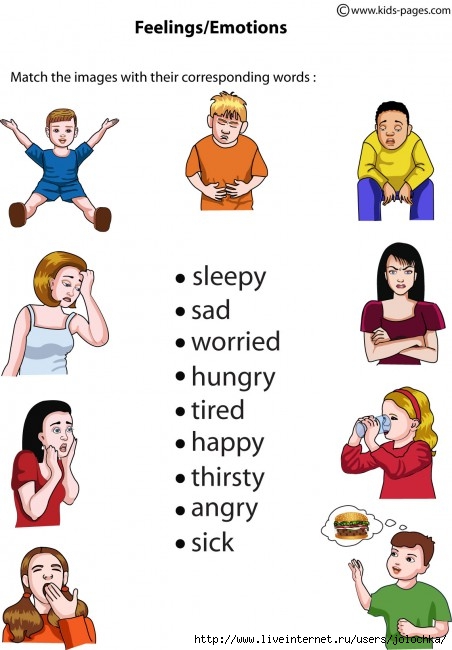
Emotional regulation can be difficult. That’s why it’s important to develop your coping skills now — before your feelings become overwhelming.
BetterUp can help. Through confidential one-on-one sessions, our coaches will help you understand your feelings, set clear boundaries, and discover the value of intentional self-care. You can’t avoid emotional moments — and they add spice to life.
But, with the right tools, you can process them in a healthy way.
Emotions and feelings - Psychologos
January 01, 2010, 11:48
Film "Chocolate"
Emotions and feelings are very close concepts, often used as synonyms. "Feeling of anger" or "emotion of anger" - you can say this and that, you will be understood. At the same time, sometimes, for special tasks, these concepts need to be bred.
“I love him, I really can’t live without him”, “I’m depressed today”, “I’m disappointed in you” - when people say these phrases, it usually means that they are talking about their feelings.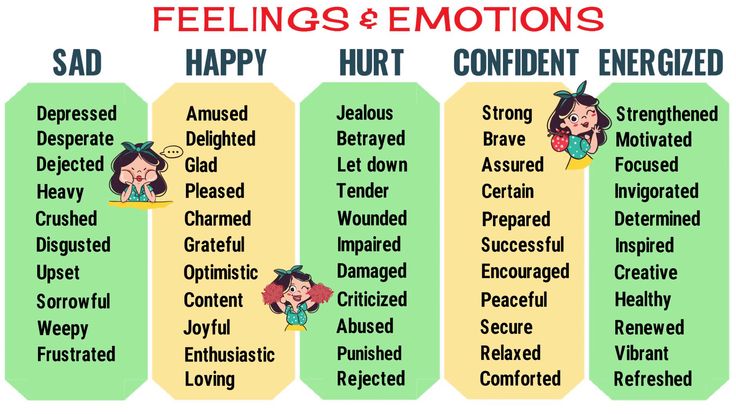 No, strictly speaking, it's about their emotions. What is the difference between them?
No, strictly speaking, it's about their emotions. What is the difference between them?
Emotions are short-lived and situational: “I'm annoyed”, “you piss me off”, “I'm delighted”, “I adore you” - usually these are reactions to some specific situation. And feelings are more stable and speak more about the person himself than about the features of a particular situation.
If a young man is angry because the girl he likes is silent and does not answer his letters, the girl will not confuse: his anger is his emotions, and the fact that he likes her is his feelings. Hooray!
Speaking at the meeting, the girl was worried and constrained, not emotional. When the excitement passed (the feeling of excitement subsided), her emotions woke up and she spoke brightly and expressively. Here the feeling extinguished the emotions, and only with the departure of the feelings did the emotions begin to live.
The difference between emotions and feelings is in the speed and duration of the processes.
If the face changes expression quickly and quickly returns to its original (calm) state, this is an emotion. If the face slowly began to change its expression and remained in the new expression for a (relatively) long time, this is a feeling. And since "fast" or "slow" is very relative, there are no clear boundaries between these two concepts.
Emotions are quick and short elements of feelings. Feelings are the lasting and more stable basis of flashing emotions↑.
It is easier to talk about emotions because they are not so intimate, emotions are on the surface, and feelings are in depth. Emotions, unless a person specifically hides them, are obvious. Emotions are visible on the face, they are saturated, they are clearly manifested and sometimes look like an explosion. Feelings are always a bit of a mystery. This is something smoother, deeper, and at least at first they need to be unraveled - both by others and by the person himself. It happens that a person, not understanding what he really feels, talks about emotions and this misleads those who are trying to understand him.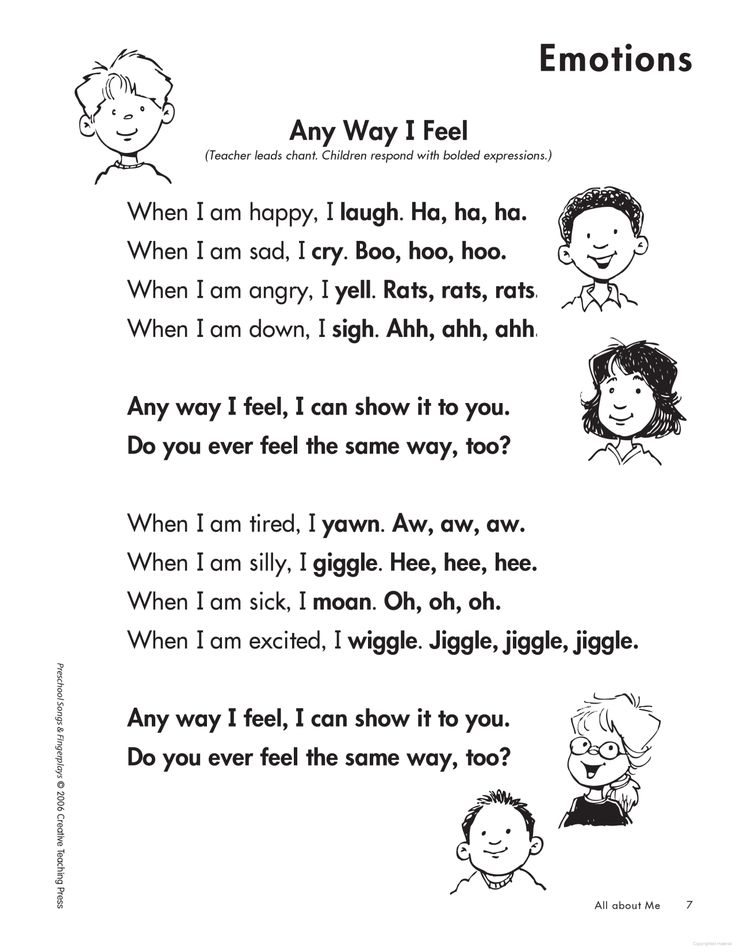 However, the meaning of each specific emotion can only be understood in the context of the feeling that it expresses↑.
However, the meaning of each specific emotion can only be understood in the context of the feeling that it expresses↑.
Doubt "to say - not to say" can mean completely different things: "can I formulate exactly", "can I tell you now" and "maybe it's time to confess already?"
Feelings cannot be conveyed directly, they can only be conveyed in an external language, in the language of emotions. It is fair enough to say that emotions are feelings expressed for presentation to others.
Experiences for oneself are rather feelings. A splash of feelings on another, a demonstration of feelings, expressive movements for ... - these are rather emotions.
To be in emotions and feel
Emotions and feelings are things, though different, but in many ways similar. But "to be in emotions" and "to feel" are very different states, rather contradicting each other. A person in emotions feels worse than other (even close) people, and one who is used to feeling and empathizing is less likely to fall into emotions. See →
See →
- Emotions
- Inner feelings
- Author N.I. Kozlov
- +
Comments (11):
Katya, September 29, 2015, 11:55 am
Thank you, very clear article!
1
reply
Guest, May 10, 2018, 5:11 pm
Everything is simple, like everything ingenious.
Guest, September 02, 2016, 5:22 pm
I didn't understand anything. Through neural networks can anyone explain?
1
reply
Guest, October 26, 2017, 1:05 pm
Neural networks are something else altogether.
1
reply
Guest, December 4, 2017, 10:25 AM
This is such a joke. I liked him. Easily perceptible, but distinct.
1
reply
Guest, December 26, 2017 at 00:39
Brilliant!
Guest, August 15, 2017, 09:49
Everything is fine, thank you g.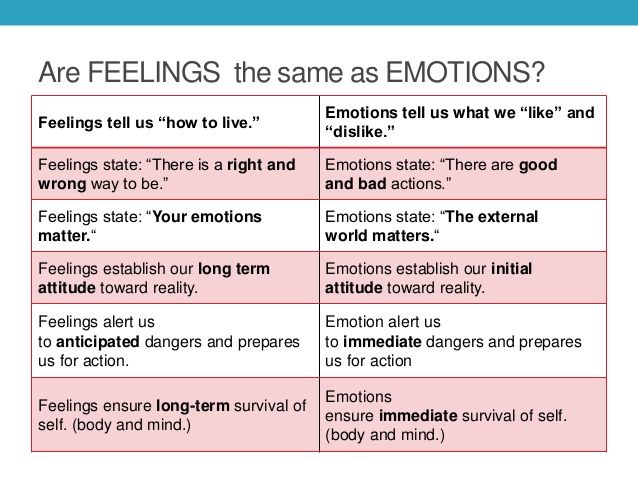 , 16:44
, 16:44
I knew the difference, but I just mixed it up. Therefore, I went ...) thanks!!!
1
reply
Guest, November 23, 2017 at 00:20
great!
Guest, November 22, 2020, 12:25 pm
Emotion can also be experienced alone, even when there are no others around. It's just the reaction of the body to feelings - preparation for action, setting the body for certain actions: attack, run, hide, freeze, etc. But with almost every feeling, there is an emotional reaction of the body, even if it is weak. Some people have a failure: feelings do not turn into emotions, then they talk about emotional closeness, or it is developed professionally - by actors, scouts, salesmen, etc. - who needs to play emotions (preferably, sincerely) in order to influence other people.
Related content:
31 Dec. 2005
To be in emotions and feel
Emotions give joy, and girls, like young people, love emotions, although each of us chooses our own favorite emotions.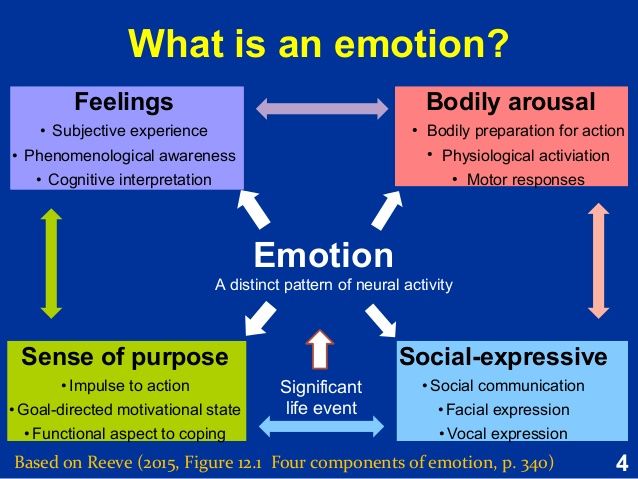 Girls like to worry and be afraid more, young people like to test themselves “weakly” and train their stamina when faced with danger. It is possible to have fun with emotions, it is normal and fun, it is important to know the line when to stop.
Girls like to worry and be afraid more, young people like to test themselves “weakly” and train their stamina when faced with danger. It is possible to have fun with emotions, it is normal and fun, it is important to know the line when to stop.
3 More
9Jan 1 '0002 2012What are emotions?
The word "emotions" has several basic meanings. In the first sense, emotions are quick and short elements of feelings, their situational manifestation. Anger, accusations and suffering, like flashing emotions with a deep sense of resentment. In the second meaning, emotions are feelings expressed for presentation to others. Experiences for oneself are rather feelings. A splash of feelings on another, a demonstration of feelings, expressive movements for ... - these are rather emotions. In the third meaning, emotions are the name of all manifestations of the affective sphere, in this case, emotions are understood as feelings, and affects, and moods, and even desires.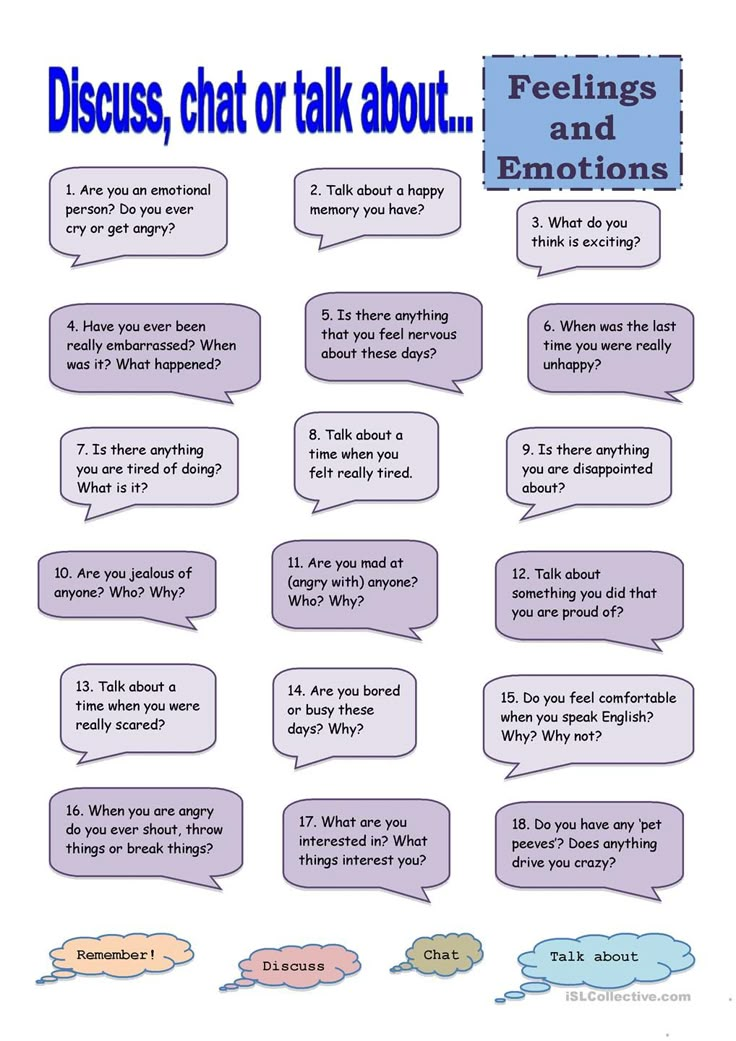
7Read more
Oct 01 2022
Feelings and emotions - the difference in flow rate
Both emotions and feelings are functional states lived by us from within. Any person is always in one or another functional state - he is calm or excited, tired or alert, attentive or absent-minded, attuned to someone or away from something, his attention is drawn to someone or something ...
0Read more
31 Dec. 2005
Feeling
In the broad sense of the word, feelings are everything that is opposed to the rational principle in a person, everything that belongs to the affective sphere: feelings, emotions, moods, desires and needs. However, in a narrower sense, feelings are distinguished from emotions, moods, needs, etc., defining feelings as an emotionally and bodily experienced attitude of a person to a particular event or phenomenon.
3Read more
01 Oct.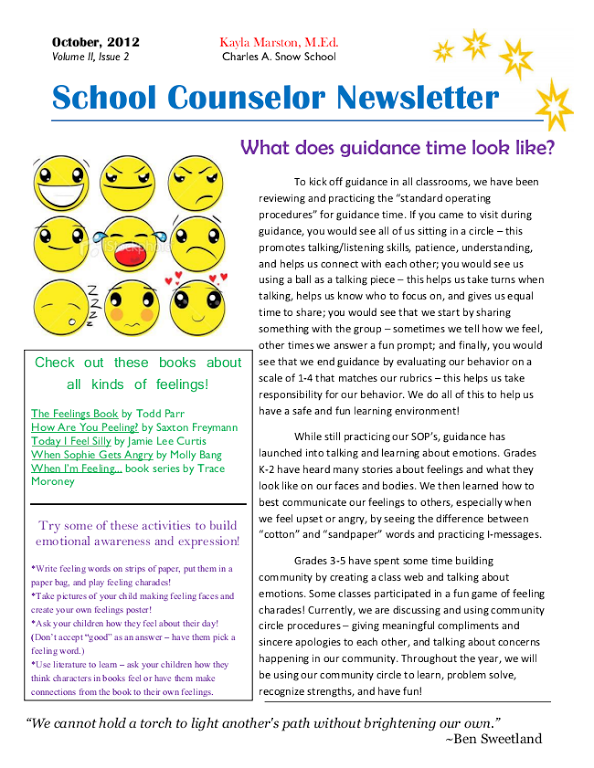 2022
2022
The meaning of emotions is determined by the context of feelings
The meaning of emotions is determined by the context of feelings. Emotions are to feelings in the same way that words are to text. Emotions are the components of feelings. The meaning of each emotion becomes clearer in the context of the feeling in which it is included.
0More
How are emotions different from feelings?
30,441
Know thyself
What do we experience when we are angry? Anger. Is our anger an emotion or a feeling? And pain, rage, joy, resentment - how can we call them? To answer this question, we need to listen to how we describe what is happening to us.
A seemingly simple phrase can have several meanings at once. For example, when we say, “I am grateful,” we can mean that we are grateful at this very specific moment. And we can keep in mind that we are grateful to someone (or something) in general, in general.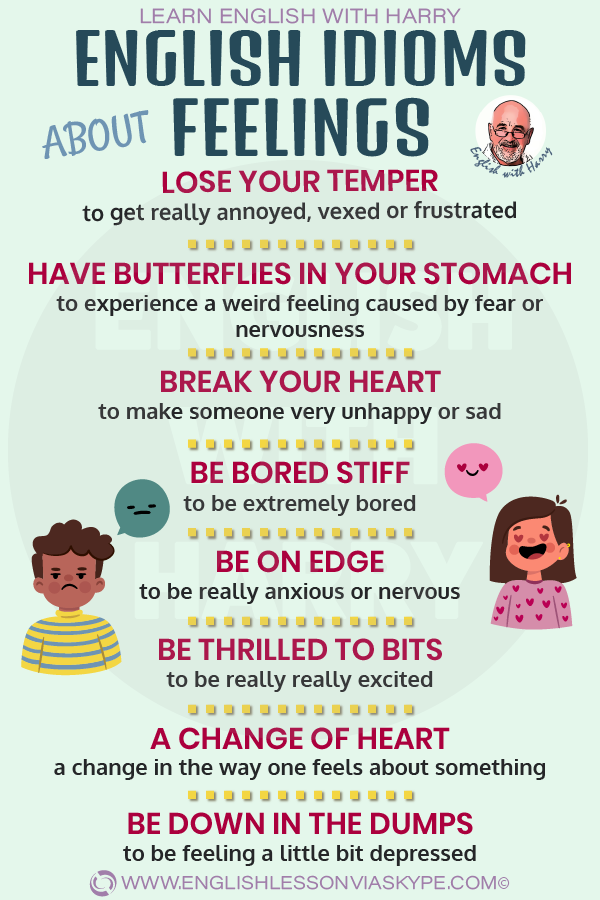 In the same way, if we say “I am proud,” we can mean both pride in the moment and pride in someone or something in general.
In the same way, if we say “I am proud,” we can mean both pride in the moment and pride in someone or something in general.
To distinguish a feeling from an emotion, it is enough to ask ourselves whether we are experiencing some kind of experience at the present moment or whether it is deep, permanent, it is always with us. Emotion is what happens to us here and now. The feeling lasts a long time and takes up much more space in our lives.
However, these concepts are interconnected: for example, there is an opinion that feeling is a complex, multi-component emotion. In addition, a feeling can cause different emotions, and certain feelings are hidden behind emotions. For example, love can be expressed not only through joy, but also through anger, annoyance, surprise.
What's the difference?
There are several signs that describe the difference between emotions and feelings.
- Emotions arose earlier in the process of evolution, and therefore both people and animals can experience them.
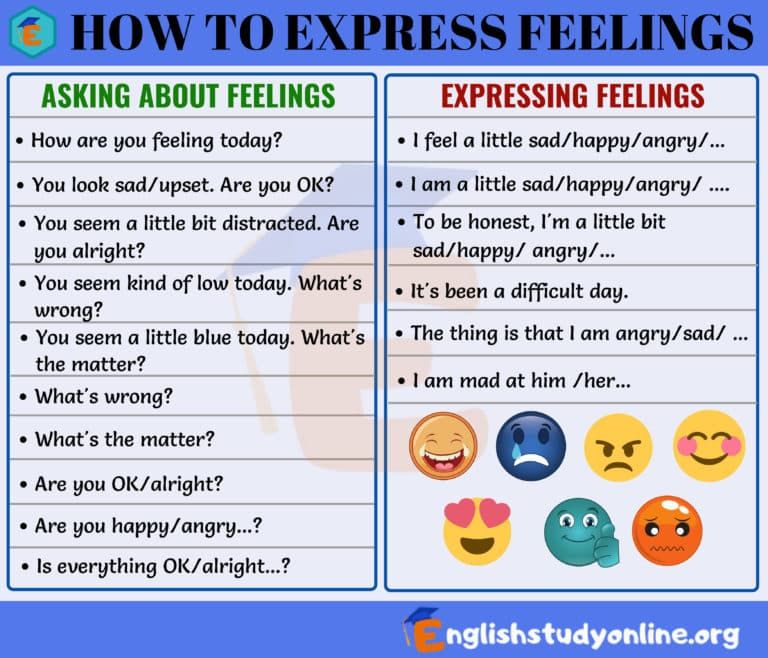 Emotions originate in an ancient part of the brain, the limbic system. Whereas feelings arose later and are peculiar only to man. They are the product of a newer part of the brain, the neocortex, and are associated with the ability to think.
Emotions originate in an ancient part of the brain, the limbic system. Whereas feelings arose later and are peculiar only to man. They are the product of a newer part of the brain, the neocortex, and are associated with the ability to think. - Emotions are changeable, short-lived and quickly replace each other. Feelings that arise as a result of growing emotional experiences are stable and permanent, therefore they can “live” in a person for many years.
- While an emotion is attached to a situation, a feeling is related to an object. For example, when your sister took your earrings without asking, then her act (that is, the situation in which you found yourself) made you furious. But in general you love your sister, therefore, the sister is the object of your feelings.
- Emotions are physiological processes that are accompanied by bodily reactions. When we rejoice, the heart beats faster, the face burns, the eyes shine. Feelings, on the contrary, are hidden inside us and are manifested by different emotions, that is, indirectly, and not directly.
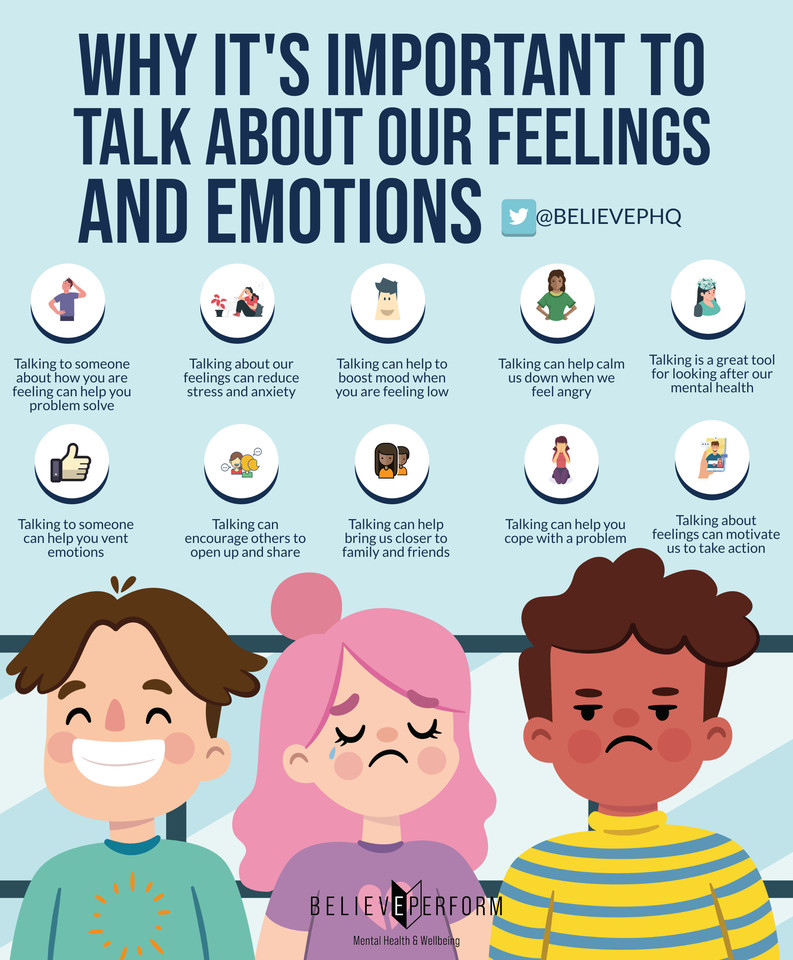 Therefore, you can talk about a feeling, but physically show it will not work.
Therefore, you can talk about a feeling, but physically show it will not work. - Unlike feelings, emotions are not always conscious. “Everything fluttered in me!” - what is behind this phrase? Anxiety? Passion? Excitement? Fear? But love, hatred, envy, happiness, pride, we usually recognize. Although sometimes we are so ashamed of our feelings that we hide them even from ourselves.
- We cannot experience two different emotions at the same time. But two feelings - we can. That is, we are capable of hating and loving a person at the same moment, but we are not able to rejoice and be sad.
How to learn to recognize your feelings
It is generally accepted that there is a standard set of emotions - anger, sadness, fear, disgust, interest and joy. And that each of them corresponds to a certain type of brain activity. According to neuroscientist Lisa Barrett, we separate one emotion from another not only by differences in physiological responses, but also by context and personal experience.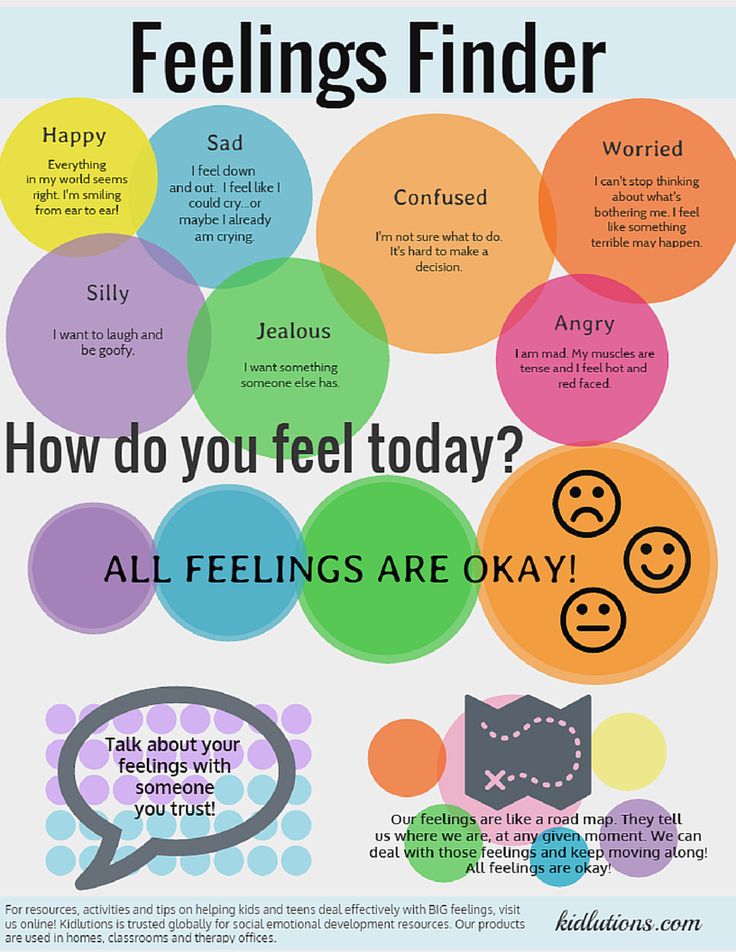
Depending on the circumstances, we may call our reaction “surprise” at one moment and “fear” at another. But how can we learn to better understand ourselves and our reactions?
Here are some tips to make it better and better:
- Expand your emotional vocabulary so you can feel the important differences between them.
- Try the "grounding" technique: bring your attention to your feet and focus on the sensations. Are they warm or cold? What is the surface underneath? So your body "learns" to distinguish and reactions to a particular emotion.
- Talk about your feelings, don't show them. But don't limit yourself to general statements like "I feel great" or "I feel terrible." Connect the whole variety of the emotional spectrum. Talk about peace, and discouragement, and annoyance, and trembling.
By noticing the difference between feelings and emotions, you will be able to better understand what is happening to you and will be able to better understand others.